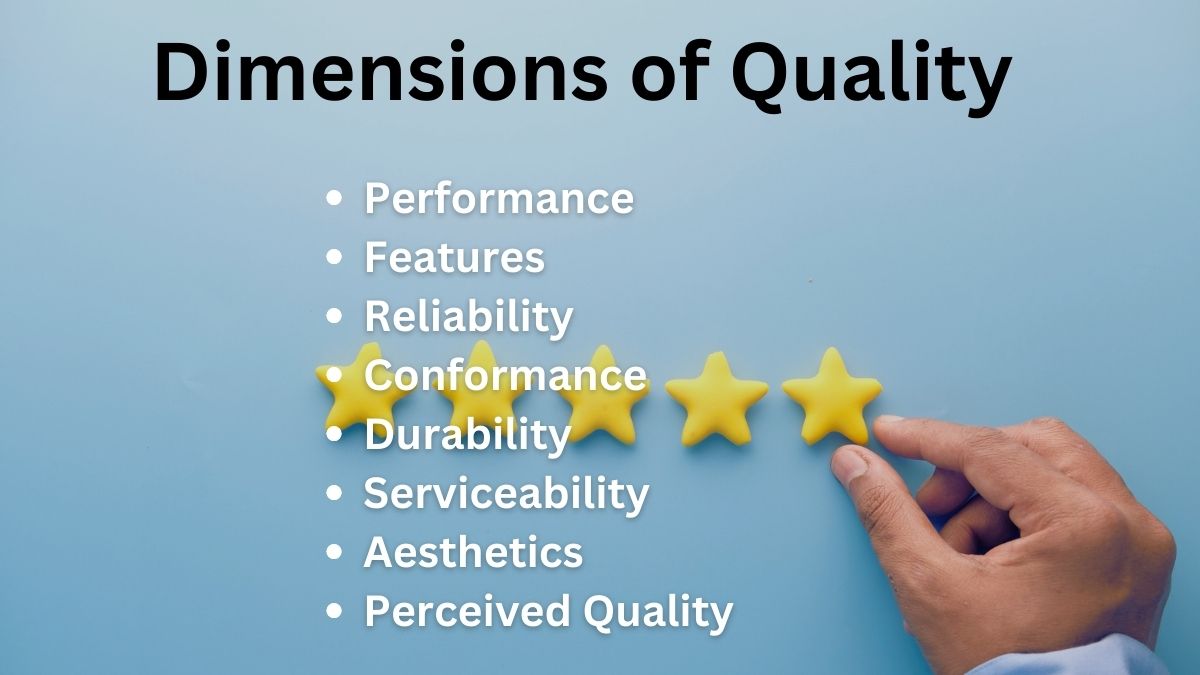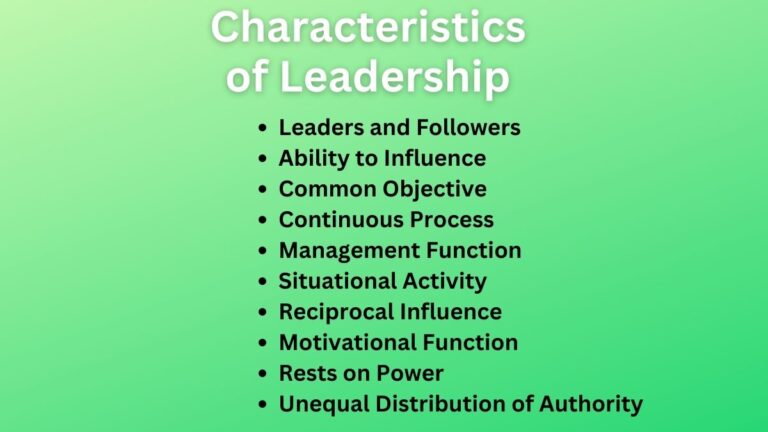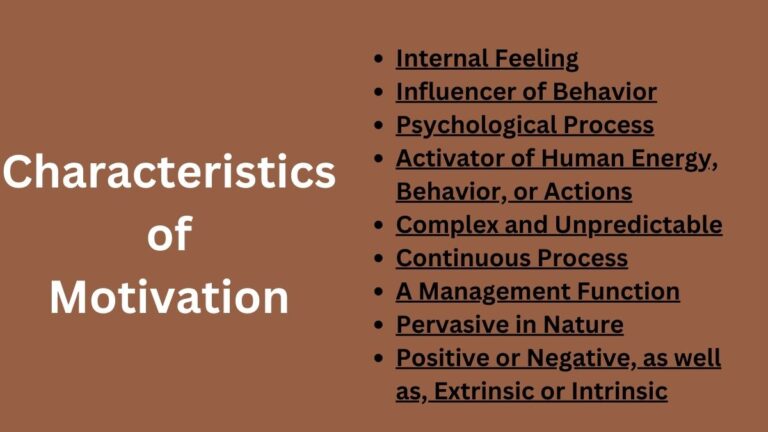What are the 8 Dimensions of Quality?
Dimensions of Quality
Quality dimensions are measures that help us to identify which product or service is qualitative and which is not. In 1987, a Harvard Business School Professor, David Alan Garvin suggested 8 dimensions of measuring the quality of products and services.
These dimensions are used at a strategic level to analyze the product’s quality characteristics. Since then, these 8 dimensions of Garvin have been popularly used to analyze any product’s quality characteristics. Let’s discuss them…
Performance
The first quality dimension introduced by Garvin is performance. It is related to the primary functional characteristics of the product. It states the product should perform the same as it is stated by the producer when the product is manufactured.
For instance, a bike’s performance may include speed, mileage, and other operating outcomes. Other performance characteristics include such as size, color, model, design, structure, etc.
Garvin stated people generally look for the performance of the product. Performance characteristics include objective elements that can be easily measured and noted too.
Features
The second dimension is a feature. These are considered secondary aspects of the product. They may be extra or unique characteristics of the product as compared to other alternative products.
Garvin gave an example of it stating free alcohol on airplanes. Usually, such features are related to cost, quality, and extra services.
Feature dimension is also objective in nature like performance. This is easily notable to people which lets them choose products or services as they see fit to them.
Reliability
How reliable the product is? The reliable dimension explains that the product should work fine without any defects within its specified time.
Nowadays, you can commonly see most of the products offer warranty and guarantee services for six months, one year, and so on based on the product price and quality. Such offers or efforts of the companies aim to influence the perception of people that the product is reliable.
Related: What is Actual Product?
It is obvious that when we buy a new product we do not expect it to fail or break down in a short time. Commonly reliability of the product is measured by:
- The mean time to the first failure.
- The mean time between the first and subsequent failures, and
- The failure rate per unit of time.
Conformance
Conformance refers to the quality of the products to meet the specific standards of customers. The product would be of no use if it does not meet the standards expected by the customers.
For example, customers may desire the standards on raw materials or any specific features. In addition to this, the product performance should also conform to its specifications.
Consumers may have different desires based on their income level, so, middle-level people will go for normal standard products. Whereas, high-income people will choose expensive products. As such, products should also be capable of meeting the standards of different customers.
Durability
The durability of the product is also a major dimension of measuring its quality. It is related to how long the product is useful. It describes the life of the product and how long the customers can use it before the product breaks down.
Read Also: Types of Products
Don’t be confused with the durability and reliability dimensions of quality. Reliability is related to the probable failure of the product within the specified time. Whereas, durability is related to how long the product performs before it becomes of no use.
Serviceability
The serviceability dimension of quality is the degree to which the product gets repaired and returned to its previous functional level.
Consumers also judge the quality of the product by considering how the company makes available repair parts and what time it takes to repair them.
In the service sector, the courtesy and competent services of the company to customers help earn a good image. Similarly, in manufacturing sectors, a company earns a good image when it is able to make easy availability of all repair and maintenance parts and provide quality repairment service.
Aesthetics
The aesthetic dimension of quality is subjective in nature. It is related to personal judgment and reflection on individual preferences.
Appearance mostly matters in the aesthetic dimension. In addition to appearance or looks other factors include how the product’s taste, sound, feel, and smell.
For example, you may not buy a bike because you see it as ugly but another person may buy the same bike at $100k. As such, it may be because you think the looks of the bike as quality whereas another person may think of the bike’s sound, functioning, etc. as quality.
Perceived Quality
Thanks to Garvin for adding perceived quality as one of the dimensions of measuring product or service quality. People will only tell whether or not the product is qualitative after using it.
Perceived quality is also a subjective measure of quality. It is the overall opinion of customers about the product or service. As such, when customers are satisfied with the performance, service, and other factors they perceive the product as quality and vice versa.
Read Next: Principles of Quality Management
Sajan Kushmi is a content writer with more than 4 years of experience. He holds BIM Degree. He write on the topics related to Management, Marketing, and Entrepreneurship.






